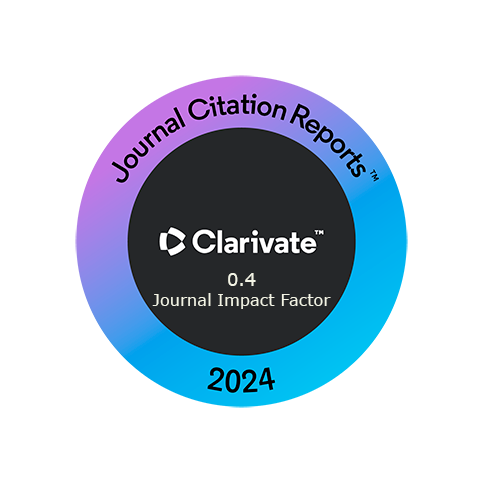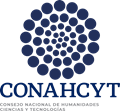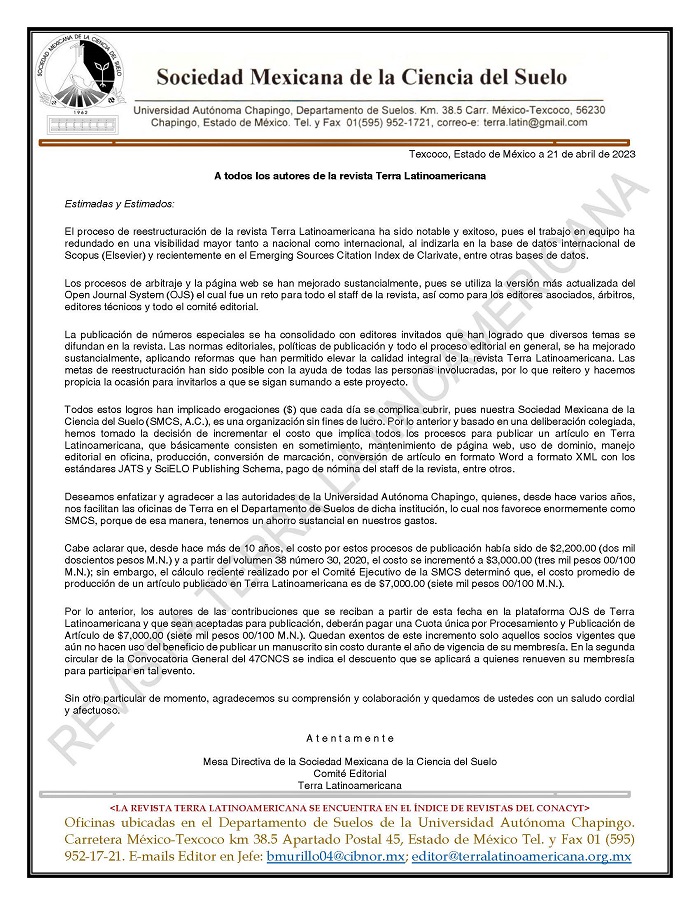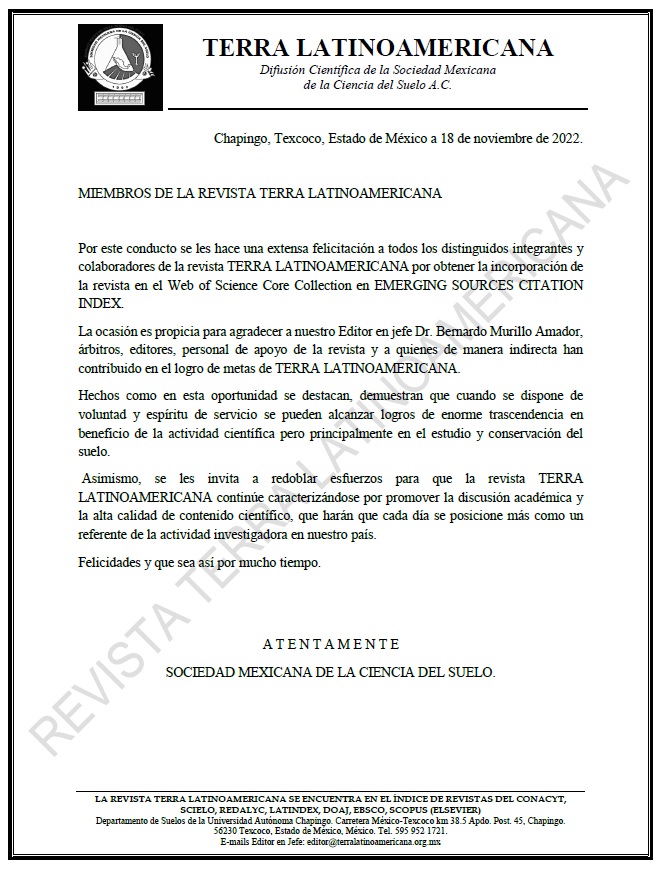Detection of restrictions on production of blue agave (Agave tequilana Weber var. blue) using remote sensing.
DOI:
https://doi.org/10.28940/terra.v35i3.252Keywords:
landsat, supervised classif ication, tequilaAbstract
The blue agave (Agave tequilana Weber, blue var.) is mainly used for the production of tequila, an alcoholic beverage. The state of Jalisco, Mexico, contributes 90% of the domestic tequila production, which makes up an important part of the state’s economy. The aim of this research was to determine the area occupied by blue agave showing restrictions in plant development. The study area includes the municipalities of Tequila, Amatitan and El Arenal, Jalisco, Mexico. For this purpose, the image from April 2nd, 2011, taken by the Landsat 5 satellite was used. Digital interpretation was done through the process of supervised classification using the maximum likelihood option. The results are shown in thematic maps; distribution of areas occupied and not occupied with agave and distribution of agave affected by restrictions. Finally, a table with the covers registered and their areas shows that 45% of the area occupied by agave has some type of restriction. To assess the accuracy of these data, an error matrix reported an overall accuracy of 73%. This value is acceptable considering the resolution at 30 m of the sensor (LANDSAT 5) and the peculiarity of the crop. The use of LANDSAT images for their spectral and radiometric resolution is acceptable for the study of blue agave culture as observed in the field and expressed by image processing.Downloads
Publication Facts
Reviewer profiles N/A
Author statements
- Academic society
- Terra Latinoamericana
- Publisher
- Mexican Society of Soil Science, C.A.

















